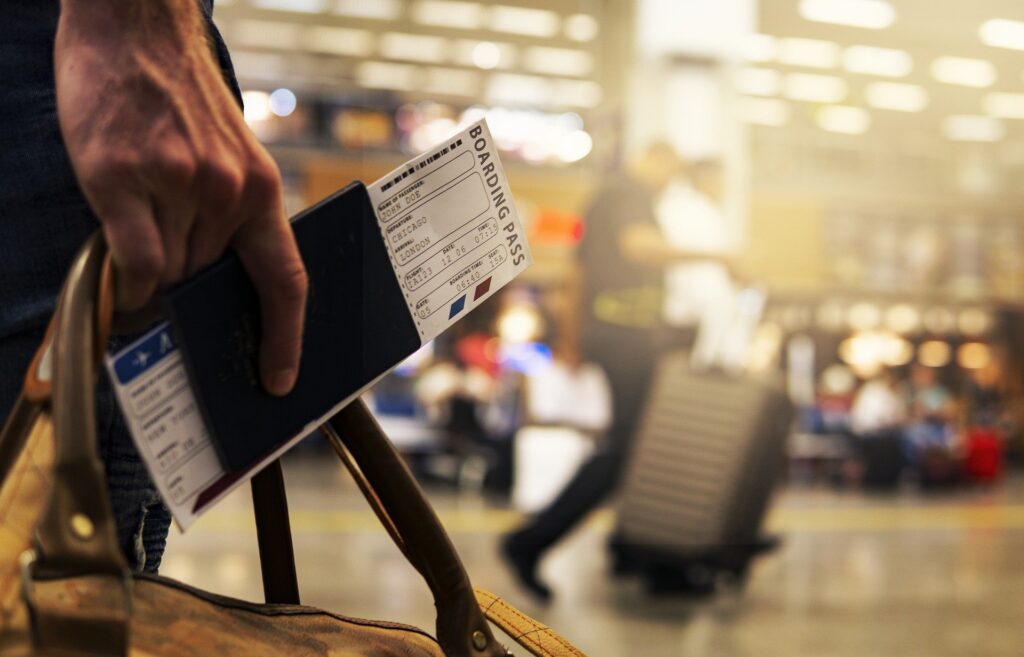Only when at least 40 percent of the population is vaccinated does a “soft” lockdown take effect.
Mathematical models show that a “lockdown light” will not take effect until at least 40 percent of the population has been immunized. Until then, the researchers conclude, tough measures, including school closures, will be effective in combating the pandemic.
Even with optimistic assumptions, a “soft” lockdown cannot break the spread of Covid-19. This is the conclusion reached by a research group led by computer scientist Robert Elsässer at the University of Salzburg.
Simulations of corona lockdowns
Elsässer and his team performed a large number of simulations with different parameters in the first weeks of January. They focused on the transmission of viruses in enclosed spaces, specifically schools, workplaces and families. Variables included the extent of distance learning, the proportion of home offices, and the likelihood of transmission at home or among children under 14.
“For this, we used the relevant literature regarding the transmission probabilities of SARS-CoV-2 via droplets and aerosols. Based on this, a mathematical model was developed that takes into account the age distribution, and is based on the movement of individuals between school, workplace and family,” Elsässer said. Both optimistic and pessimistic assumptions were used. In the optimistic scenarios in the workplace, for example, the researchers assumed that in offices, infection is only passed on via aerosols, but that infection via droplets is prevented with the help of appropriate measures such as separating glass between workplaces or masks.
Lockdown light merely slows down infection process
“The simulation results indicate that even with best-case assumptions, a soft lockdown cannot break the wave of spread – the process is merely slowed down,” Elsässer sums up. “For example, to break chains of infection in schools, in the event of a confirmed infection, the affected class and all K1 contacts of the infected person would have to move immediately into quarantine.”
What complicates matters here, he said, is that schoolchildren in particular often show no or only very mild symptoms – according to a study by the London School of Hygiene & Tropical Medicine, this is the case in about 79 percent of 10- to 19-year-olds – but can still pass on the virus. “Unfortunately, because these children are usually tested only after their parents have become infected, the only way to break the epidemic wave seems to be with tough measures – distance learning and home offices where possible.”
Only effective once 40 percent of the population has been immunized
He said the simulations clearly showed that a “soft” lockdown cannot break the wave of infection until about 40 percent of the population has been immunized. “Before that, the spread of infection should be fought with hard measures in addition to soft measures such as keeping a distance, using a mask and hand hygiene,” Elsässer said.
The information was based primarily on data from the city of Salzburg. However, the simulations would be well suited for other closed areas in Austria – precisely cities such as Salzburg, Vienna or Linz – but less well suited for rural regions. The models do not yet take into account the new virus mutation B.1.1.7 from Great Britain, which could further intensify the epidemic due to its higher probability of infection. Until now, full elementary and lower school classes had also been assumed. That is why divided classes will soon be included in the simulations.
- souces: APA and vienna.at/picture: pixabay.com
This post has already been read 1156 times!



